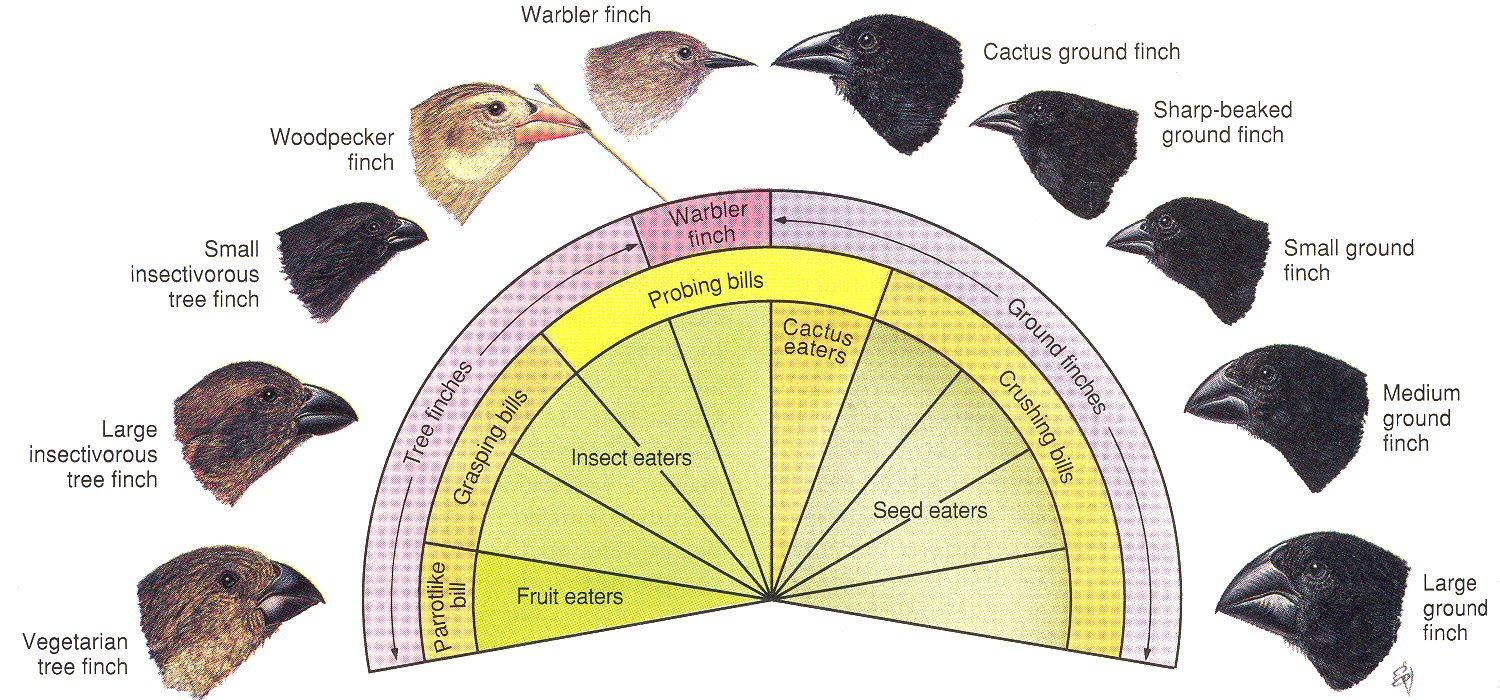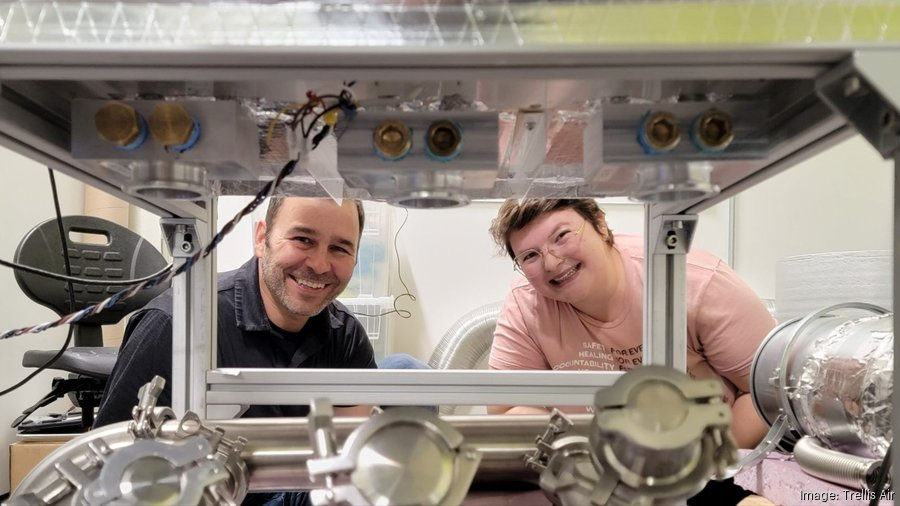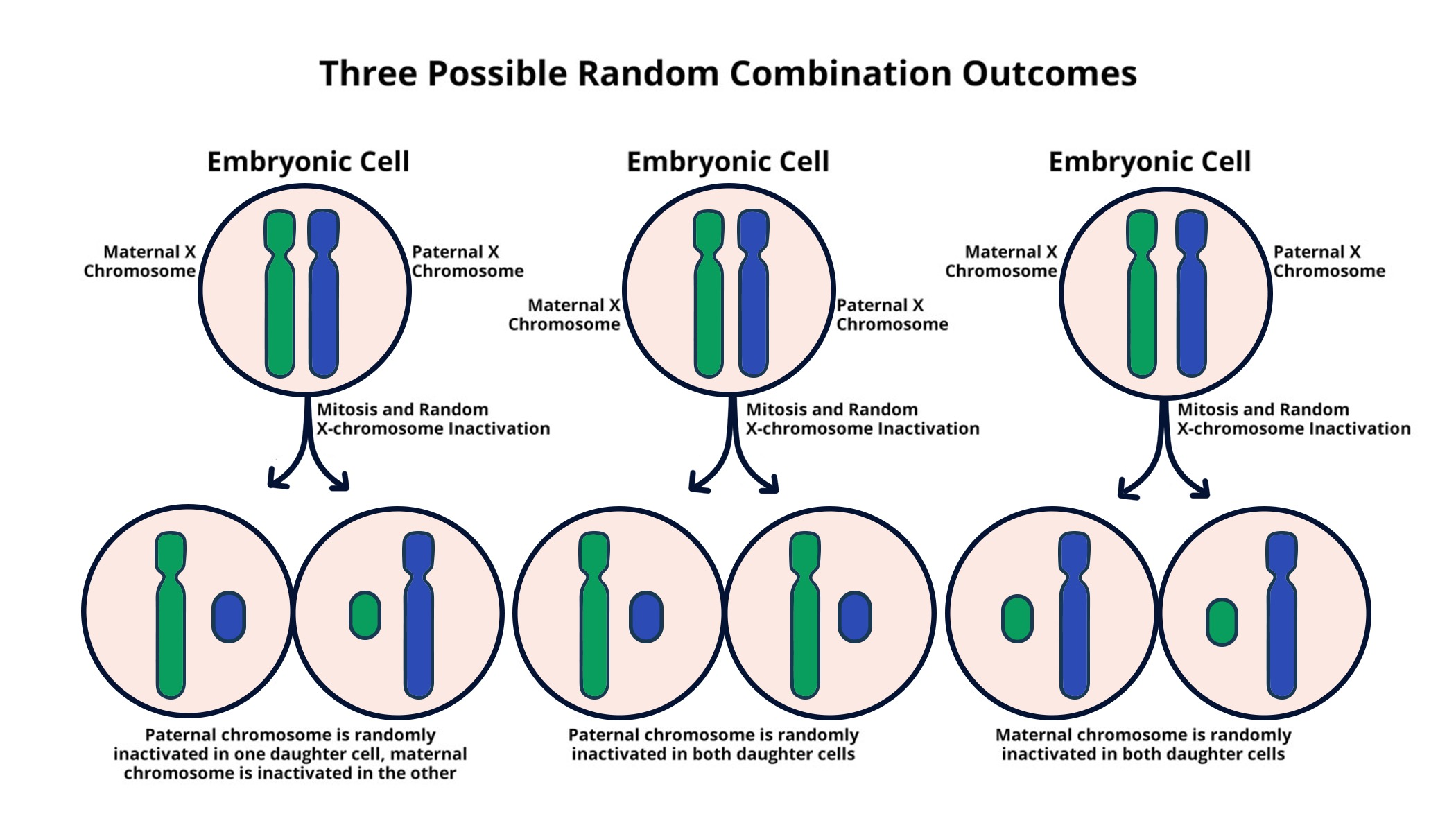Genetic adaptation in house finches has become a compelling area of study, particularly in light of recent pangenomic research that sheds light on their evolutionary journey. These small birds are an important model for understanding house finch evolution, revealing how structural changes within their DNA, such as DNA inversions, have contributed to their resilience against diseases. Bohao Fang’s groundbreaking study highlights these adaptations, suggesting that the house finch’s ability to combat various pathogens stems from significant genetic variations that span generations. Such insights into disease resistance not only deepen our understanding of evolutionary biology but also offer valuable information on how wildlife responds to emerging pathogens. This fascinating interplay between genetics and adaptation in house finches could pave the way for new perspectives on the evolution of other species, including humans.
The study of genetic changes in house finches, commonly observed in backyards, offers a unique lens into how species adapt to their environments. This research explores the evolutionary mechanisms behind these adaptations, focusing on the larger genetic variations that aid in survival against diseases. By examining pangenomic data, scientists can uncover intricate patterns that traditional genetic studies may overlook. The findings suggest that certain genetic structures, like DNA inversions, may play vital roles in enhancing resilience among these birds. Overall, the exploration of house finches as a case study illustrates the broader implications of evolutionary adaptations in nature.
Understanding Genetic Adaptation in House Finches
Genetic adaptation plays a crucial role in the survival strategies of species like the house finch. A new pangenomic study has shed light on how this small bird has developed resistance to specific diseases through significant genetic changes. Researchers, led by Bohao Fang, have utilized advanced DNA sequencing techniques to explore the genetic variations within the house finch population. This approach goes beyond conventional studies, allowing scientists to observe large-scale structural changes, like DNA inversions, which have crucial implications for the bird’s ability to cope with diseases in its environment.
By examining a broader segment of genetic material, these studies reveal that the house finch has adapted to challenges posed by pathogens, particularly a conjunctivitis-causing bacterium that spread widely since 1994. The ability to adapt through genetic changes not only demonstrates the evolutionary process at work but also provides insight into how other species, including humans, might evolve resistance to infectious diseases. Such research in evolutionary biology highlights the intricate relationship between organisms and the pathogens they encounter.
Moreover, the discovery of genetic adaptations in house finches can inform future studies in evolutionary biology, particularly in understanding how other species may undergo similar adaptations. The large DNA inversion identified in house finches, which has survived through millions of years, is a testament to the resilience of this species. By exploring how these genetic changes correlate with disease prevalence, scientists can develop a more comprehensive understanding of disease dynamics within avian populations. This knowledge not only enriches our understanding of house finch evolution but also offers potential strategies for managing disease in wildlife.
The Role of Pangenomic Studies in Understanding Evolution
Pangenomic studies have revolutionized our understanding of genetic variation and evolutionary adaptation. Unlike traditional methods that analyze sequences from a single reference genome, pangenomics leverages the genetic information of multiple individuals, constructing a more nuanced view of a species’ genetic landscape. This method is particularly beneficial in studies of house finches, where distinguishing between valuable genetic adaptations and neutral variations is crucial for comprehending their evolutionary trajectory. By employing this approach, researchers can identify significant structural variants that influence how these birds cope with environmental stressors, particularly disease threats.
In the case of house finches, the application of pangenomic analyses has unveiled a large DNA inversion associated with disease resistance. This finding not only adds a layer of complexity to the narrative of house finch evolution but also underscores the potential of pangenomics in identifying critical adaptations in other species as well. As scientists continue to explore these pangenomic datasets, they can unveil new insights into the mechanics of evolution and inform conservation strategies amid changing pathogen dynamics.
Furthermore, the integration of pangenomic studies into evolutionary biology opens new avenues for understanding the mechanisms behind genetic adaptation. By examining structural variations within a population, researchers can gain insights into how certain alleles confer advantages in specific environments, particularly when facing diseases. This understanding is essential in the context of coevolution—where host species, such as house finches, evolve in response to their pathogens. As Bohao Fang pointed out, these findings can offer vital clues about how species adapt over time without the assistance of modern medicine, such as vaccines. This perspective is invaluable in predicting how current and future species may respond to emerging infectious threats.
Implications of Genetic Research on Disease Resistance
The implications of genetic research, particularly in house finches, extend beyond academic interest, as they can have real-world applications in public health and wildlife management. Understanding the genetic basis for disease resistance in house finches is crucial, especially in light of their rapid response to a widespread conjunctivitis epidemic. By identifying specific genetic adaptations that enhance resilience to such infectious agents, researchers can inform breeding programs for other bird species, aiming to bolster their immune responses. This knowledge could be beneficial in mitigating the impacts of similar diseases on avian populations, contributing to biodiversity conservation efforts.
Moreover, the findings from these studies resonate within the broader field of evolutionary biology. Insights gained from the house finch could not only illuminate the pathways through which birds adapt to rapidly changing environments but may also apply to mammalian species, including humans. Understanding how natural selection shapes genetic resistance can aid in developing methodologies for disease prevention and control strategies across various species. This evolutionary framework emphasizes the importance of preserving genetic diversity, as a pool of adaptive genes can support populations in the face of emerging health threats.
The Connection Between Genetic Variation and Evolutionary Success
Genetic variation is a cornerstone of evolutionary success, enabling species to adapt and thrive in changing environments. In house finches, significant genetic adaptations—such as a large DNA inversion linked to disease resistance—provide us with a critical understanding of how evolutionary pressures shape populations. The ability to study these variations through pangenomic approaches has revealed that genetic diversity is not merely advantageous but essential for long-term survival. As environmental challenges fluctuate, species like the house finch must have the genomic flexibility to respond adequately, demonstrating the intricate relationship between genetic variation and evolutionary fitness.
This concept extends to the broader ecological framework, emphasizing the interconnectedness of species and their ecosystems. House finches, as prevalent backyard birds, serve as indicators of environmental health and resilience. The genetic adaptations that allow them to resist diseases like conjunctivitis also highlight the importance of maintaining biodiversity and genetic richness within avian populations. As these birds showcase their evolutionary potential, they remind researchers of the delicate balance required for species to navigate the complex challenges posed by their environments.
By focusing on genetic variation and its implications for evolutionary success, we gain critical insights that can influence conservation strategies. Preserving not only the species themselves but also their genetic diversity ensures that populations maintain the necessary tools to adapt to changing conditions. House finches exemplify this dynamic, where genetic adaptations to disease resistance are crucial for their survival amid emerging health threats. This holistic approach to conservation emphasizes the significance of genetic health as a determinant of a species’ evolutionary trajectory, urging us to consider genetic factors in the management of wildlife populations.
Exploring the Mechanisms of DNA Inversion
DNA inversion, as observed in house finches, represents a fascinating mechanism by which genetic adaptations can occur. This structural variation involves the flipping of a segment of DNA, potentially leading to new gene configurations that confer advantageous traits. In the context of house finches, researchers have identified a particular DNA inversion that is correlated with enhanced resistance to specific diseases. Such findings underscore the importance of structural genomic variations in the bird’s evolutionary history and adaptability, demonstrating how intricate changes at the molecular level can have significant implications for a species’ survival in a pathogen-rich environment.
Research on DNA inversion not only provides a clearer understanding of how house finches respond to diseases but also raises intriguing questions regarding the evolutionary pressures that drive such adaptations. By examining the historical context of these inversions, scientists can better grasp the processes by which natural selection operates in real-time, shaping the genetic landscape of a species. This explorative approach not only advances our understanding of the house finch but serves as a model for studying similar mechanisms in other species, potentially unlocking new insights into the evolution of resistance in various animal populations.
The study of DNA inversions also emphasizes the role of genetic flexibility in adapting to new challenges. For house finches, the presence of a DNA inversion associated with disease resistance suggests that these birds have evolved a robust genetic architecture capable of responding to pathogen pressures. This adaptability is crucial as environments change and new diseases emerge, making our understanding of such genetic mechanisms vital in evolutionary biology. Furthermore, advancements in genomics, such as high-throughput sequencing and comparative genomic studies, enable researchers to identify these variations more effectively, paving the way for future discoveries in the realm of genetic adaptation and evolutionary resilience.
Advancements in DNA Sequencing Technologies
Recent advancements in DNA sequencing technologies have transformed our ability to understand genetic adaptation and evolutionary biology. The introduction of long-read sequencing techniques has allowed researchers, such as Bohao Fang, to capture large structural variations, like the DNA inversion seen in house finches. By providing a more comprehensive dataset, these technologies enable scientists to build a detailed picture of how genetic variations influence traits like disease resistance. Such progress in genomic research illustrates the transformative power of technology in elucidating the complexities of evolution within natural populations.
The implications of these advancements extend beyond the study of house finches. As sequencing technology continues to develop, it opens new avenues for exploring the genetic adaptations of diverse organisms, potentially uncovering key insights into the evolutionary processes that govern species’ resilience to diseases. The ability to analyze large-scale structural variations not only provides a deeper understanding of genetic mechanisms but also reinforces the importance of genetic diversity in maintaining healthy ecosystems.
Moreover, the ongoing development of DNA sequencing technologies holds promise for future research in various fields, including conservation biology and medicine. By leveraging these tools, researchers can assess the genetic health of populations, monitor changes over time, and predict potential responses to emerging health threats. This knowledge is crucial, especially in light of the recent global pandemic, as it reinforces the need for an integrated approach to understanding disease dynamics across species. In the realm of evolutionary biology, the utilization of advanced sequencing methods will undoubtedly continue to uncover the intricate relationships between genetic adaptation, environmental pressures, and species survival.
Applying Evolutionary Insights to Wildlife Management
The insights gained from studying genetic adaptation in house finches can significantly influence wildlife management practices. Understanding how these birds have evolved to combat diseases through genetic changes provides a framework for conservation strategies aimed at preserving species resilience. For instance, by monitoring the genetic variation within finch populations, wildlife managers can identify individuals with enhanced disease resistance. This information can inform breeding programs that prioritize traits conducive to health and survival in variable environments, ultimately supporting the ongoing conservation of avian biodiversity.
Furthermore, applying evolutionary insights to wildlife management extends beyond house finches. The knowledge derived from their genetic adaptations can inform strategies for other species facing similar challenges from pathogens and environmental stressors. By adopting an evolutionary lens, wildlife managers can create more effective conservation plans that consider the dynamic nature of genetic adaptation, ecosystems, and the interactions between species and their environments.
As new diseases threaten wildlife populations globally, the lessons learned from house finches underscore the critical importance of genetic research in conservation biology. By understanding which genetic traits confer survival advantages, managers can develop interventions that aim to bolster the resilience of vulnerable species. In this rapidly changing world, where pathogens evolve and introduce new challenges, the integration of genetic insights into wildlife management practice is essential for fostering sustainable ecosystems and protecting biodiversity for future generations.
Frequently Asked Questions
What role does genetic adaptation play in house finch evolution?
Genetic adaptation is critical to house finch evolution as it enables these birds to develop traits that enhance survival and reproduction in changing environments. Notably, a recent pangenomic study revealed a significant DNA inversion linked to disease resistance, illustrating how evolutionary pressures can shape genetic diversity and help house finches cope with pathogens.
How do pangenomic studies contribute to our understanding of genetic adaptation in house finches?
Pangenomic studies provide a comprehensive view of genetic variation by analyzing genomic data from multiple house finch individuals. This approach uncovers large-scale structural variants, such as the DNA inversion associated with disease resistance, facilitating a deeper understanding of the genetic mechanisms underlying adaptation to environmental challenges.
What is a DNA inversion and how does it relate to disease resistance in house finches?
A DNA inversion is a structural variation where a segment of DNA is flipped in orientation. In house finches, studies have shown that such inversions may enhance the birds’ resistance to diseases like conjunctivitis. This genetic adaptation can be a critical factor in their ability to survive in the face of pathogenic threats.
How have house finches demonstrated evolutionary responses to disease outbreaks?
House finches have exhibited remarkable evolutionary responses to disease outbreaks, notably after the spread of conjunctivitis-causing pathogens in the U.S. Since then, research has revealed genetic adaptations, such as structural variations in their DNA, that confer increased immunity, offering a clear example of how a species can adapt to new infectious challenges over time.
Can understanding genetic adaptation in house finches inform human disease resistance?
Yes, studying genetic adaptation in house finches may provide insights into how other species, including humans, evolve to resist infectious diseases. The mechanisms underlying disease resistance observed in house finches, particularly through pangenomic approaches, can shed light on potential strategies for enhancing human health and resilience against pathogens.
What future directions do researchers see for studying genetic adaptation in house finches?
Future research on genetic adaptation in house finches will likely focus on utilizing pangenomic approaches to explore genetic diversity and structural variations across populations. This could lead to new discoveries regarding how finches and other species adapt to changing environmental pressures, particularly in the context of emerging diseases.
How does the study of house finch evolution advance the field of evolutionary biology?
The study of house finch evolution, particularly through the lens of genetic adaptation, advances evolutionary biology by providing concrete examples of how species respond to environmental pressures, such as disease. By understanding these processes, researchers can better elucidate the complex interplay between genetics and evolution in various organisms.
| Key Points |
|---|
| Genetic adaptation in house finches is driven by evolutionary responses to disease threats. |
| A groundbreaking pangenomic study revealed a significant DNA inversion in house finches. |
| This DNA inversion may enhance the bird’s resistance against certain diseases. |
| The study utilized advanced sequencing methods to analyze a broad range of genetic data. |
| The research draws connections between house finches and their coevolution with pathogens. |
| Importance of studying wild populations to understand natural disease resistance. |
| Findings could inform about genetic responses to infectious diseases in other species, including humans. |
Summary
Genetic adaptation in house finches showcases how this common bird species has evolved to combat diseases over time. Through a pioneering pangenomic study, researchers uncovered a significant DNA inversion that likely contributes to their disease resistance. This approach provides a broader understanding of genetic variations and evolutionary changes, revealing how house finches have historically responded to pathogens such as conjunctivitis. The findings enhance our comprehension of genetic adaptation in wildlife, paving the way for future research into how various species, including humans, may also develop resistance to diseases.









